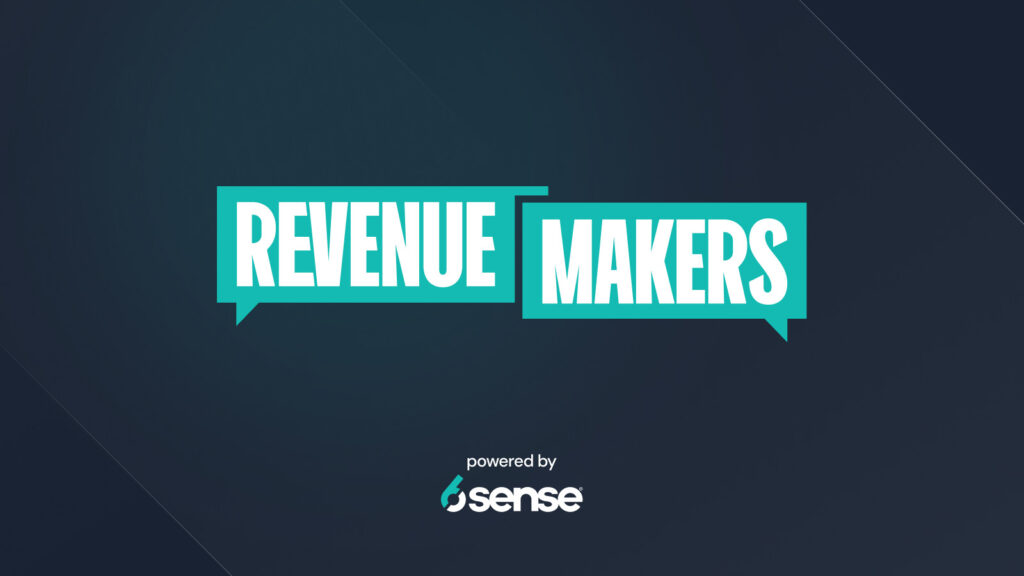B2B sales prospecting is like gardening. A gardener must carefully select the right seeds, prepare the soil, and provide consistent care. Sales professionals must identify potential customers and cultivate relationships until they blossom into full-fledged customers.
Traditionally, sales teams have relied on cold calling, networking events, and referrals to generate leads — methods that can be as hit-or-miss as scattering seeds in an untended field. These techniques are no longer enough in today’s market. Sellers cannot afford to spend more time trying to guess the right approach rather than engaging with prospects who are ready-to-buy.
Enter the transformative power of AI — the high-tech greenhouse at sellers’ disposal. It provides the tools and insights needed to:
- Identify the most promising accounts
- Understand specific needs of each prospect
- Effectively nurture each lead at scale
With AI, sales teams can plant the seeds for success and turn prospecting into a more fruitful endeavor.
What is AI for Sales Prospecting?
AI for sales prospecting transforms traditional sales methods by analyzing large amounts of buyer data to identify patterns and trends. This capability enables sellers to target the right prospects at the right time, significantly increasing the chances of converting leads into customers.
AI-driven tools also automate routine tasks such as data entry and lead qualification, freeing up sellers to focus on building relationships and closing deals. These tools can provide personalized recommendations on how to approach each prospect, based on historical data and predictive analytics.
An AI for Sales Prospecting Case Study
Sellers at MX, a leader in open finance, were operating in the dark. They were using a named accounts model without clear insights into which accounts were interested in their services. Their marketing efforts were similarly misaligned, generating leads that didn’t fall within their target audience.
MX was able to transform their B2B prospecting efforts by adopting AI-driven tools from 6sense. The integration of first- and third-party data, along with predictive insights and intent data, enabled MX to identify and prioritize accounts with real interest.
This strategic alignment empowered sellers to focus on the most promising prospects, leading to a 60% increase in pipeline acceleration. Using AI for sales prospecting efforts streamlined alignment between sales and marketing and boosted engagement and conversion rates.
Read the full sales prospecting story here.
Importance of AI for Sales Prospecting
By incorporating artificial intelligence into their strategies, sales teams can achieve a level of efficiency and effectiveness that is not possible with traditional methods alone.
AI takes sales efforts to the next level by:
- Unifying sales and marketing data: Get a 360-degree view of buyers’ keyword searches, web activity, intent signals, and other details.
- Streamlining processes: Optimize CRM and sales engagement platforms with intelligence that simplifies workflows.
- Recommending actions: Use data to inform the best course of action with every potential customer.
- Uncovering opportunities: Identify anonymous accounts and buyers actively researching solutions like yours.
How to Use AI for Sales Prospecting
You may have a top-of-the-line weeder and the best trowel money can buy, but they won’t make a difference in your garden if you don’t know how to use them properly.
Here are some actionable strategies and tactics to effectively use AI in your prospecting efforts:
- Integrate AI with CRM Systems: Connect AI tools with your CRM system to enable seamless data flow and insights. This allows the AI to analyze data to provide predictive insights, helping you better understand customer behavior and preferences.
- Use AI for Lead Scoring: Use AI to score and qualify leads based on their likelihood to convert. AI can assess multiple factors like engagement level, firmographic data, and past interactions to prioritize high-quality leads.
- Automate Lead Generation: Create pipeline without guesswork with tools like Conversational Email (CE). CE engages potential customers at scale with proactive and personalized messaging.
- Enhance Personalization: AI helps customize and automate email marketing campaigns, product recommendations, and content delivery based on prospect profiles and their interaction history, making your communication more relevant and engaging.
- Implement Chatbots: Deploy AI-driven chatbots on your website or social media platforms to handle initial inquiries and basic questions from prospects. This can improve response times and free up sellers to handle complex negotiations.
- Monitor and Analyze Sales Calls: Use AI tools to analyze recorded sales calls, looking for key phrases, tones, and customer sentiments. This provides valuable feedback for improving sales strategies and understanding common buyer concerns.
The Future of AI for Sales Prospecting
AI and machine learning will play an increasingly important role in all aspects of the sales process, including prospecting. The technology will become more sophisticated over time, offering deeper insights and more precise targeting capabilities.
To fully capitalize on the potential of AI in sales prospecting, make sure to continue following best practices. Regularly monitor and update AI models to adapt to new data and evolving market conditions. Invest in training for your sales team so they can effectively use AI tools and interpret their outputs properly. Finally, maintaining a balance between AI-driven insights and human intuition is important to ensure that your prospecting strategy remains flexible and empathetic to customer needs.
Among the forefront of these advancements are tools like 6sense Revenue AI™, an AI marketing platform that enables businesses to identify the most promising leads with unprecedented accuracy. 6sense uses AI to analyze buyer intent signals and engagement data across various channels, helping sales teams focus their efforts on leads that are actively in the market and showing signs of readiness to engage or buy. With a holistic view of the buyer’s journey, 6sense users can engage buyers more strategically, with timely and relevant communications.





